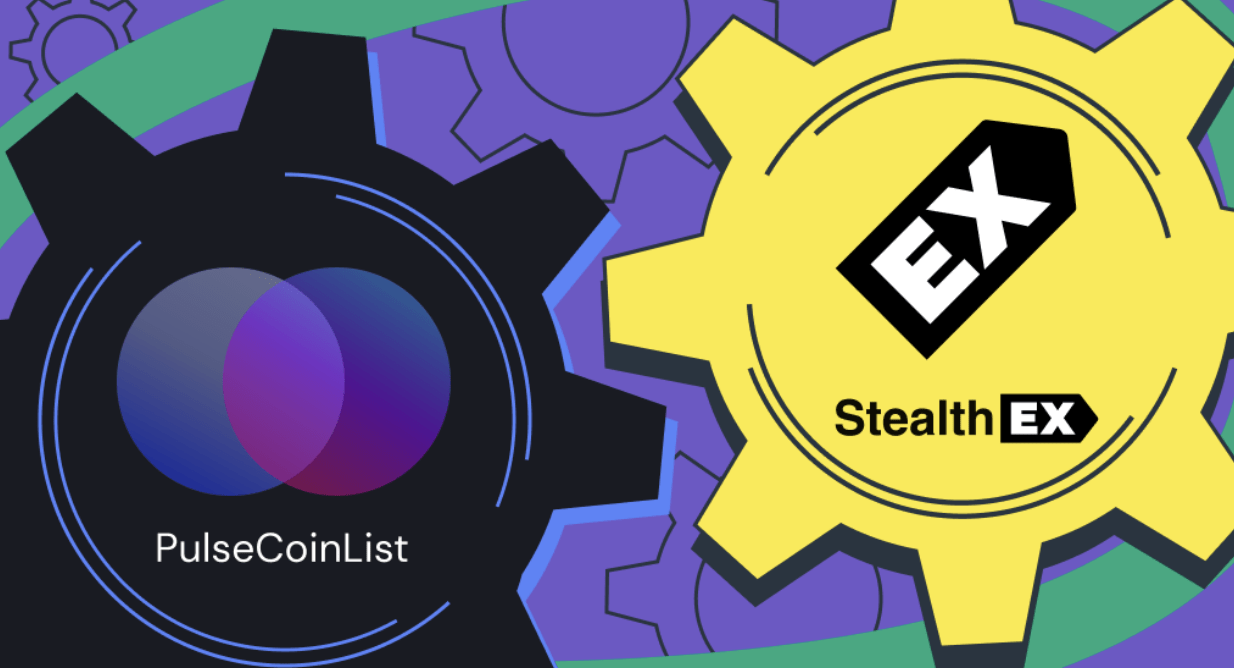Table of Contents
- Drawbacks To Global Adoption of Blockchain Games
- Development Constraints and Limited Network Effects
- Lack of Enhanced Gaming Capabilities
- Final words
How can the blockchain gaming industry garner widespread attention and global adoption despite its inherent challenges?
Despite the rapid rise in gaming adoption, there remains a huge disconnect on how blockchain gaming has been welcomed by gamers relative to traditional games. This novel innovation has experienced serious lag despite the market capitalization of the sector reaching $30 billion this June.
Projects such as Axie Infinity, GALA, The Sandbox and Decentraland – which witnessed massive growth during the 2021 bull run – have faded, with unique weekly active users dropping below 100,000 users. For instance, Axie Infinity recorded a 2024 usage peak of 50,000 weekly users, way down from over 700,000 weekly users in November 2021.
All-time unique active wallets on Axie Infinity (Image: Dapp Radar)
In this piece, we discuss what has caused the slow adoption of blockchain games and why there is yet to be one globally recognized Web 3 game, despite such games offering rewards, incentives and financial opportunities to gamers.
Drawbacks To Global Adoption of Blockchain Games
The systematic challenges in the Web 3 gaming space cut across the field, including scalability, technological complexity, global marketing and regulation. However, this article aims not to explain the systematic challenges but rather the unsystematic ones. The roadblocks that projects need to find innovative solutions to, to ensure they rise above their competitors and make a name for themselves in the Web 3 gaming arena.
On this point, we focus on two of the most painstaking challenges facing new/seasoned crypto gaming platforms – development constraints and enhanced gaming capabilities that are prevalent in traditional games. We also delve into how two of the rising stars in the Web 3 space, Chromia and Azarus, are solving these issues to make blockchain gaming easier to develop for the consumer and better to play for the gamers.
-
Development Constraints and Limited Network Effects
Blockchain game development presents unique troubles to developing traditional games. Some of the issues plaguing the blockchain games development scene include the integration of complex blockchain mechanics with intuitive gameplay, poor user interfaces, a lack of innovative in-game mechanics to entice gamers to the platform and non-collaborative communities within the game.
In addition, early-stage gaming projects also encounter challenges such as a limited player base and constrained network effects, impacting the overall adoption of the application. Blockchain gaming (or any gaming title) heavily requires a strong, engaged community and active player interaction to succeed, which could be the biggest challenge for most platforms yet.
These hurdles can be overcome by simply building better and easy-to-build gaming development hubs that allow developers to be more creative without the complexities that blockchain offers. Notwithstanding, blockchain games should provide gamers with seamless and engaging games that attract more players which is pivotal in promoting collaborative participation and healthy competition within the gaming ecosystem.
Potential Solution: Chromia
Chromia, an innovative Layer-1 relational blockchain platform, aims to solve developmental constraints via a modular framework that enables the creation of complex, fully on-chain games. The platform offers a fully-fledged gaming infrastructure hub, enabling developers to create fun and engaging Web 3 games, assisting in on-chain logic and offering enhanced NFT capabilities. The platform allows game developers to have full control over their games, allowing for flexible fee structures and more scalable DApps.
For instance, My Neighbor Alice, a decentralized multiplayer game that allows players to explore, gather resources, and craft unique NFTs, launched via the platform this February. The game introduces a new development infrastructure that expands user-generated content capabilities, allowing players to contribute to the development of the game. Users will actively contribute to the game’s development by creating personalized content, including unique avatars, clothing, accessories, and experiences.
Moreover, players can trade in-game assets with other players, creating better community interaction and collaboration within the game’s ecosystem. By leveraging platforms such as Chromia, developers can overcome the constraints, enabling them to build more creative, collaborative and engaging games for their players.
-
Lack of Enhanced Gaming Capabilities
One of the biggest challenges that blockchain gaming has faced is poor user experience compared to traditional gaming. If you have ever played a blockchain game, you may have noticed the simplicity and lack of excitement that most of these games offer.
In comparison to traditional gaming, which introduces vast capabilities for gamers – player-to-player battles, online battlefield arenas, streaming, and in-game rewards – blockchain games lag in offering players an enjoyable experience. Players require engaging gameplay with added capabilities that entice them to play for longer not just to earn a few crypto tokens and leave the ecosystem as soon as they have made enough money.
Additional capabilities within the game could incentivize more gamers to adopt Web 3 gaming and help the blockchain gaming ecosystem rival traditional gaming.
Potential Solution: Azarus
Recently acquired by Animoca Brands, Azarus is a platform that offers users better capabilities within the streaming world via its interactive streaming overlays. As the gaming market streamlines itself to streaming services, Azarus provides one of the biggest solutions to the lack of enhanced capabilities in the crypto gaming space – introducing new streaming possibilities within the ecosystem.
Following its partnership with globally renowned streaming service Twitch, Azarus also partnered with Stream, a platform that advances live, interactive streaming experiences. The collaboration aims to enhance the engagement between digital content creators (mainly streaming gamers) and their audiences by integrating innovative interactive tools across various streaming networks. This allows game streamers to launch an interactive game within their streams, keeping viewers engaged and allowing brands, content creators and gamers to better connect and interact with their fans.
Streamers get paid for launching a game and the viewers can earn $AZA tokens by playing the game. The $AZA tokens can be redeemed on the Azarus store for 1,500+ gift cards to vendors like Netflix, and Amazon, as well as newly released games.
Finally, the platform removes the complexity around blockchain platforms – a wallet, passphrase, etc., allowing users to easily sign up using their email.
Final words
Blockchain gaming is heavily tipped to become the next big thing in crypto in the next decade, and may well be the catalyst to push for the global use of cryptocurrencies. However, the growth of the industry can only be sustained by developers delivering fun and enjoyable blockchain games that are successful in creating value for gamers.
The true potential of blockchain gaming will be unlocked by offering a better user experience, better gaming development hubs and in-game capabilities that enhance the creation of gamer communities.
Disclaimer: This article is provided for informational purposes only. It is not offered or intended to be used as legal, tax, investment, financial, or other advice.















